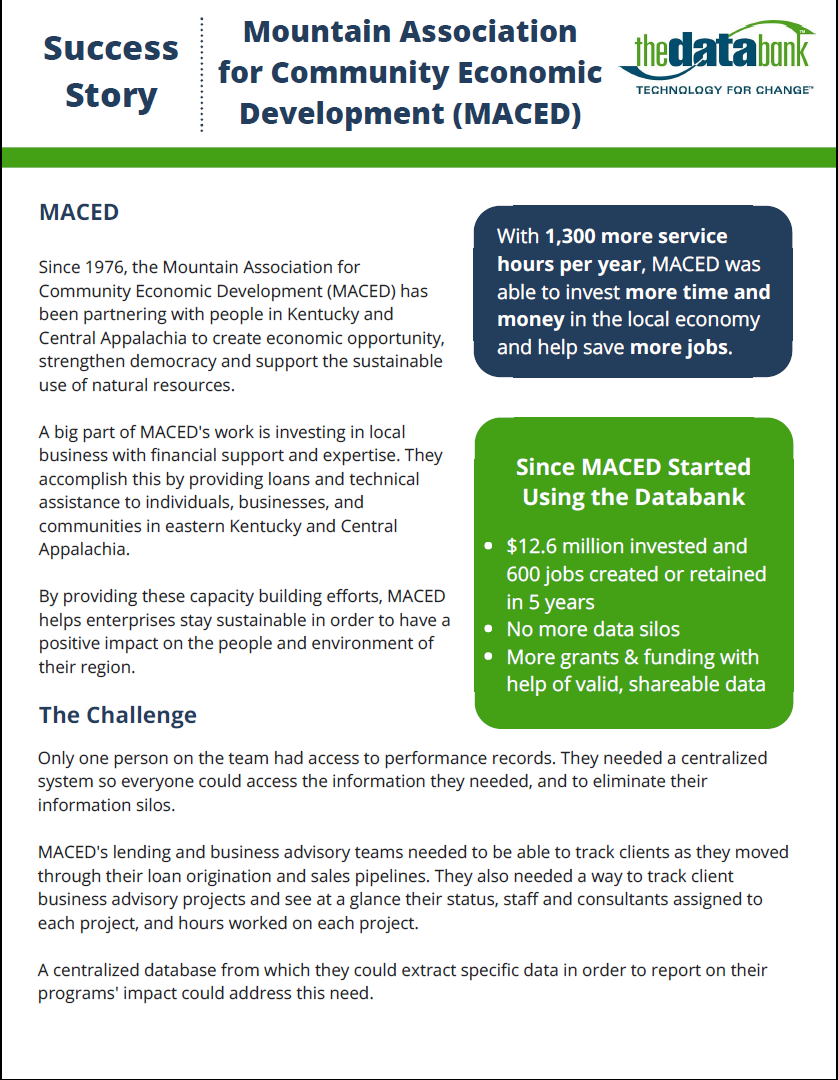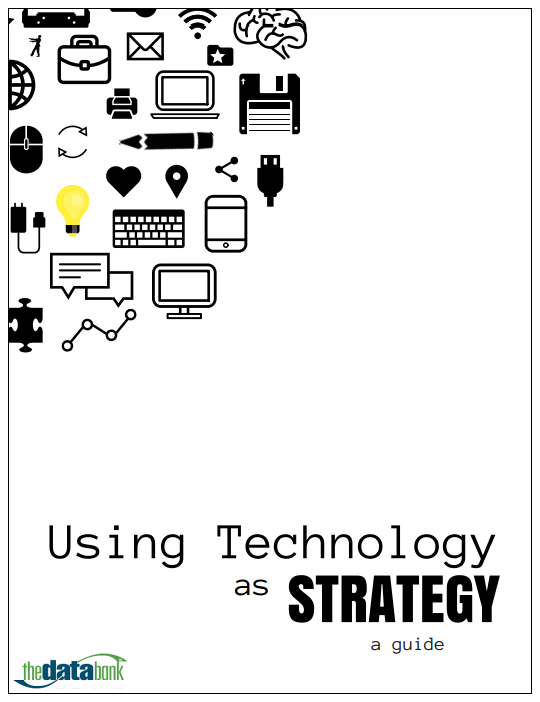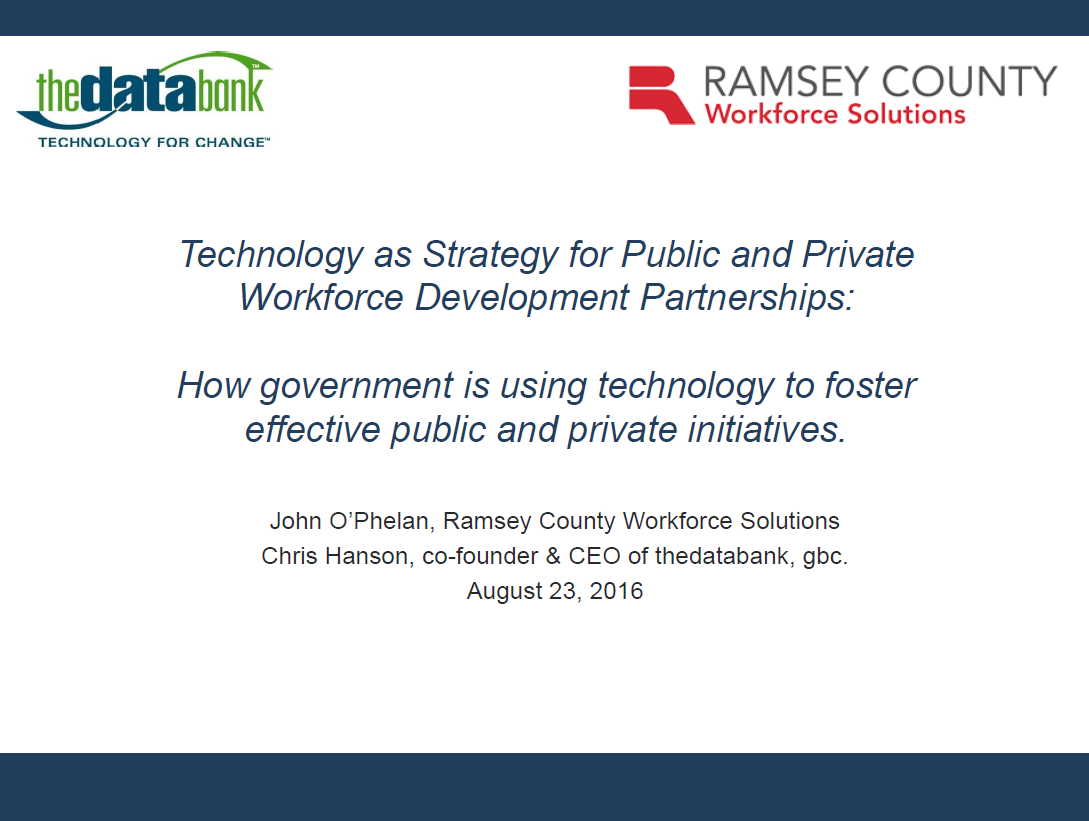Guest post by Jonathan Poisner – A strategic planning, coalition work, communications and fundraising consultant for nonprofit organizations.
It always has and probably always will be the case that people are more likely to donate to an organization when asked by somebody they know.
That’s one of the reasons that most thriving nonprofits utilize their boards of directors to make asks of potential donors who are peers of their board. The ask coming from a board member who’s a friend or colleague of the potential donor will almost always be more powerful than the same ask coming from organizational staff.
It’s also one reason that many nonprofits participate in “-athons.” Whether it’s a walkathon, bowlathon, or another similar event (whether or not given the “-athon” name), these events have been traditional ways for organizations to engage large numbers of supporters in making asks of their friends.
I believe many organizations should be moving well beyond these two traditional peer-to-peer fundraising tactics to provide many more opportunities for their supporters to engage in peer-to-peer fundraising.
There are two primary reasons for this:
First, we increasingly live in an era of information overload and the problem is only likely to get worse. People adapt by utilizing mental filters that allow some information to get in, while the rest is ignored as background noise.
One of the key filters is what I’ve come to think of as a “circle of trust.” Information from someone within the circle of trust gets noticed, while information outside of it isn’t even heard.
A key factor in determining whether someone is in your circle of trust is whether you know them.
Second, technology has dramatically increased the ability of individuals to communicate at low or zero cost to large numbers of people they know.
Don’t just think Facebook. Think email, text messaging, instant messaging, and other online social networks.
And don’t just think about technology allowing easier asks for donations via the internet or phone.New technology has also made it far easier for staff from nonprofit organizations to efficiently interact with volunteers who can then, in turn, make asks in person.
The primary reason is inertia. Particularly since most development staff and Executive Directors I know are overworked, inertia keeps them doing things mostly like they’ve be done in the past, rather than reinventing themselves from the ground up. Despite these trends that makes peer-to-peer fundraising more attractive, I find relatively few organizations who’re thinking proactively about how to take advantage of peer-to-peer fundraising’s growing potential.
With that said, there are several concrete steps organizations can take to grow their peer-to-peer fundraising without reinventing their fundraising. Some of these rely upon technology solutions such as the Databank (or other similar database systems), but others do not require any new technology.
Here are six steps to get your ideas flowing:
1. Train your staff, board, and other volunteer leaders about the value of peer-to-peer fundraising
The more individuals involved with your organization understand that they possess a key organizational asset (their relationships with peers), the more likely they are to generate new ideas, support new tactics, and assist the organization’s work by doing peer-to-peer fundraising.
2. Begin to test explicit peer-to-peer fundraising opportunities
If you want to “run” with peer-to-peer fundraising in five years, you better learn to walk in the next year or two.
Figure out one or two examples of low-cost peer-to-peer fundraising to test out, and then scale up as you learn what’s working.
Important: Don’t think you have to start with a walkathon with hundreds of participants. Just do something low-key where you get 10-15 people each raising $200-$400, and then evaluate what worked and didn’t work. The idea the first time you do this is to learn, not to raise lots of dollars.
3. Use personal solicitations to find rock star peer-to-peer fundraisers
We all know people who’re highly networked. They have the greatest potential to be rock star peer-to-peer fundraisers.
Don’t just include them in general communications about these opportunities – treat them like a prospective major donor and meet with them one-on-one. The meeting should be just like a major donor meeting, but the ask isn’t to “donate $1,000,” it’s to “raise $1,000.”
4. Integrate your fundraising and online social networking
That may mean investing in technology that allows you to link records in your fundraising database to the online profiles of your donors.
One way or another, the silos that separate development departments and communications work need to be broken down.
But it can be as simple as making sure everyone in your organization is talking to each other about how fundraising, online technology, and other communications work together.
5. Incorporate peer-to-peer fundraising more explicitly in your existing fundraising events
Many organizations have fundraising galas or events where they sell tables to sponsors, but they miss out on a large number of potential sponsors who are more able to sell individual tickets than buy tables.
To grow into a peer-to-peer fundraising powerhouse, put just as much effort into finding “sponsors” who’ll sell tickets to their peers as you do sponsors who’ll buy tables. That means treating “seller” sponsors as important – if not more important — as those buying tables on event invitations, programs, and other materials. And, whenever possible, it means providing them with resources both offline (e.g. talking points, invites, etc.) and online (special donation landing pages) to assist their selling.
6. Build relationships with new donors brought in by peer-to-peer fundraising
One reason some organizations discount the potential for donors who’re brought in through peer-to-peer fundraising is a fear that the only way to secure a repeat gift will be a repeat of the ask by the same friend and/or method.
While there will always be some of that “I only gave because my friend asked me”, there are two ways to minimize that risk:
- First, make sure your mission and organization are front and center in the effort, so that the donors know who and what they’re supporting.
- Second, have a clear schedule how to do follow-up cultivation with new donors brought in through the tactic. Thank them. And schedule a series of three special “introductory” emails to new donors brought in through the peer-to-peer campaign that introduces them to different aspects of your organization.
Talk back: What are your thoughts on the importance of peer-to-peer fundraising? What methods have you used to incorporate it into your fundraising efforts?

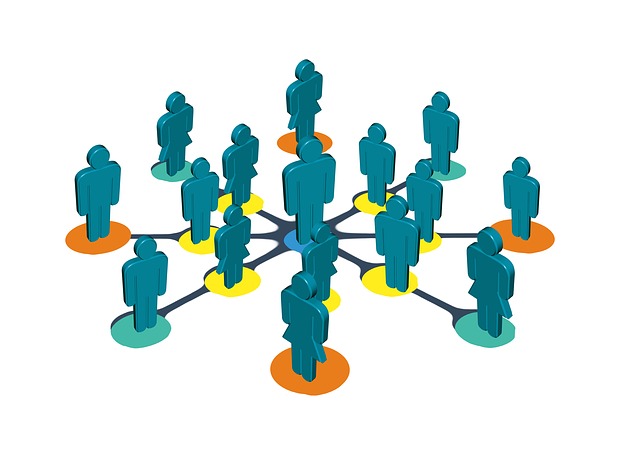
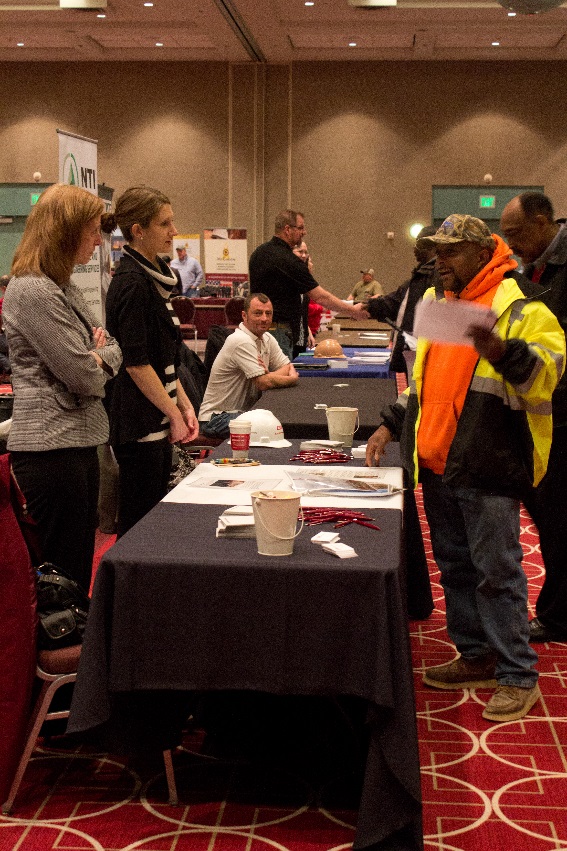
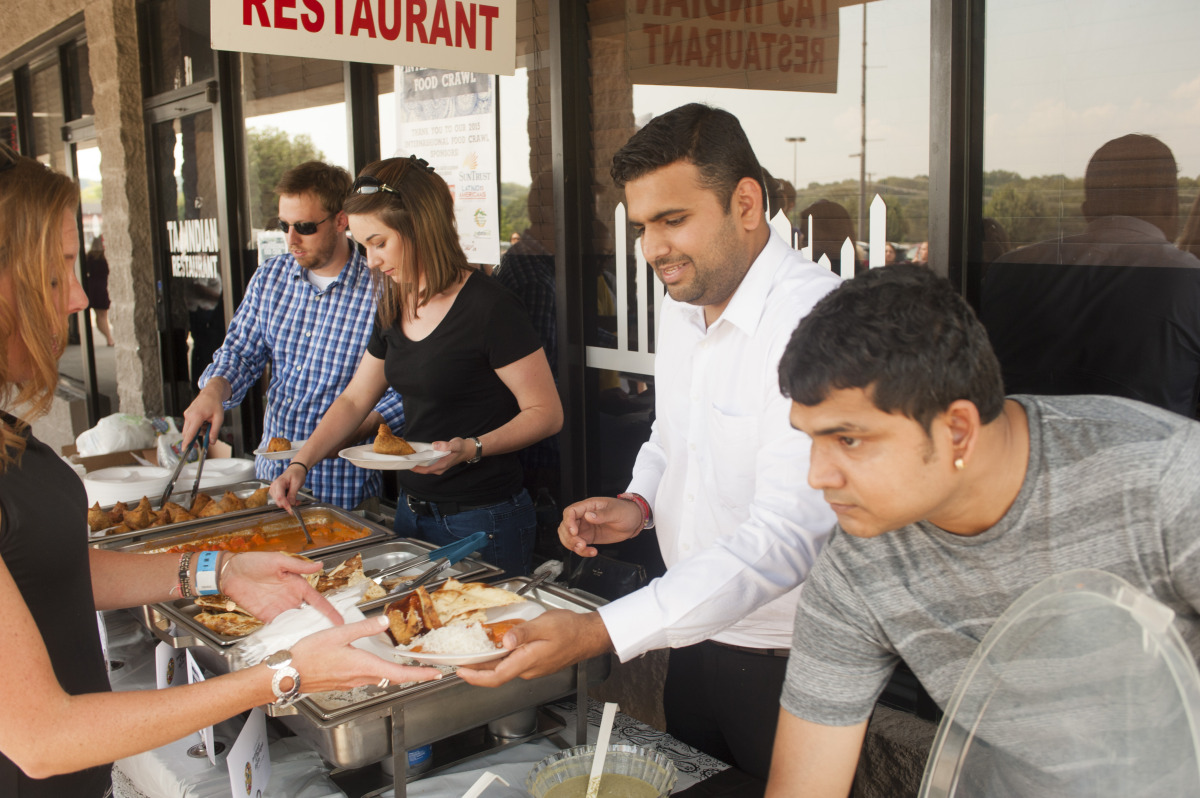


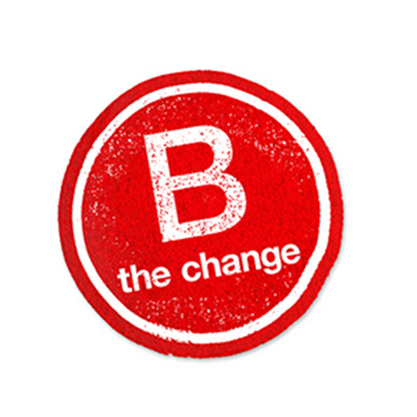


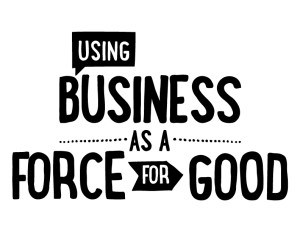
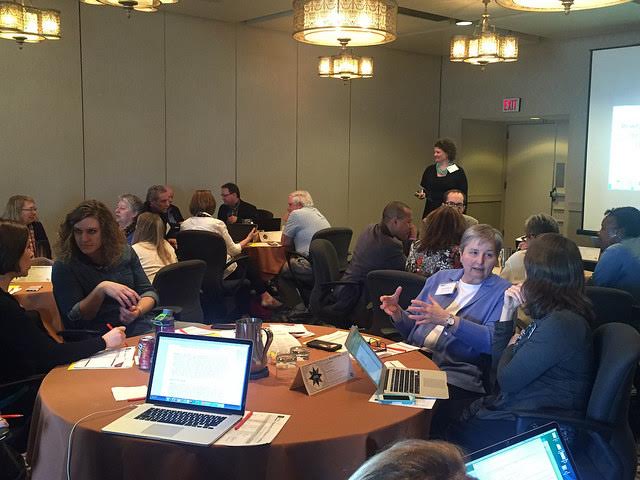
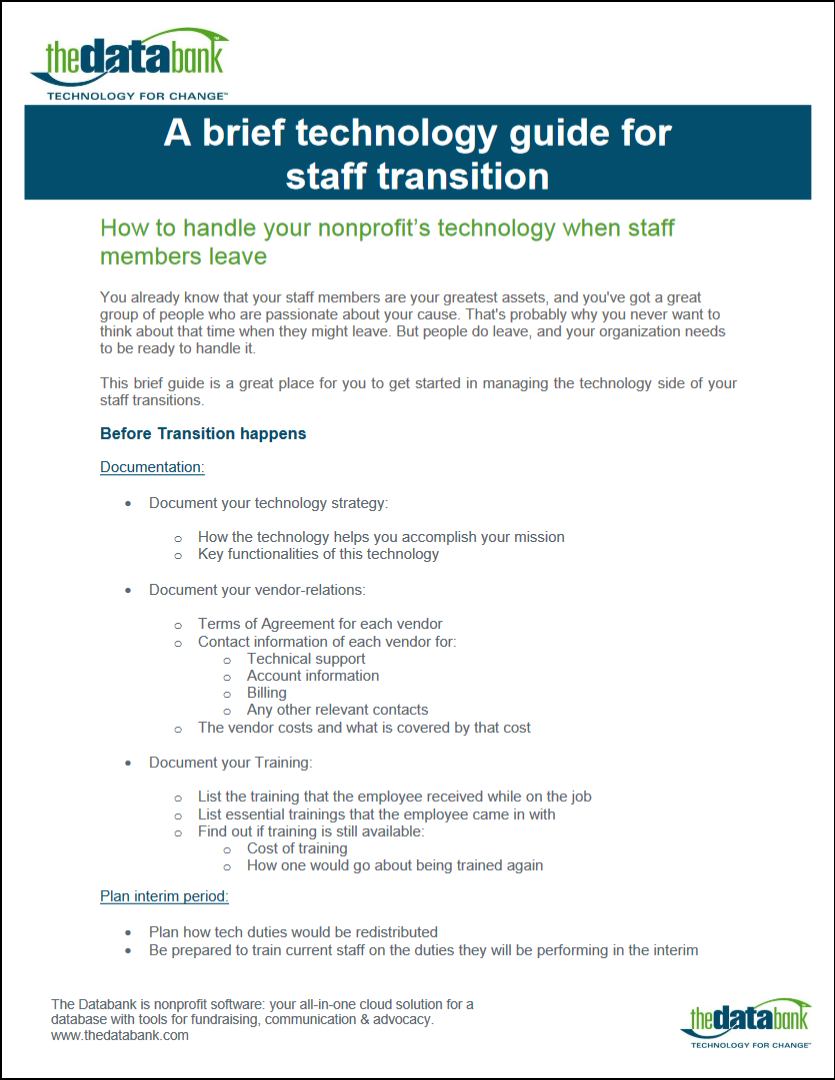

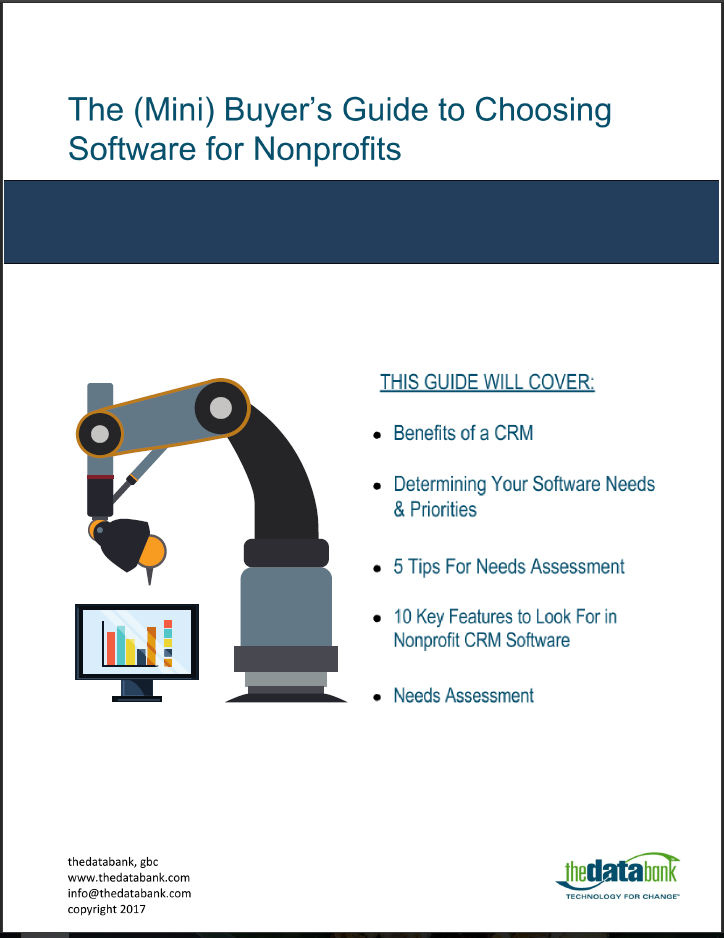
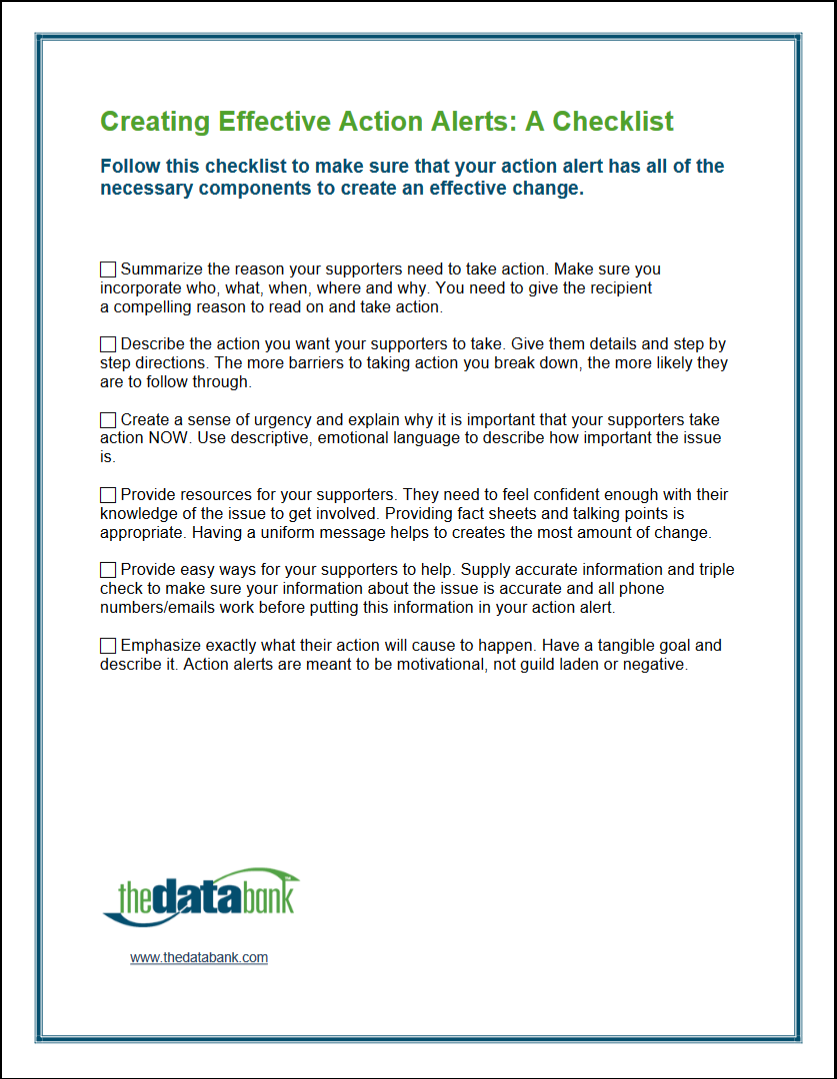

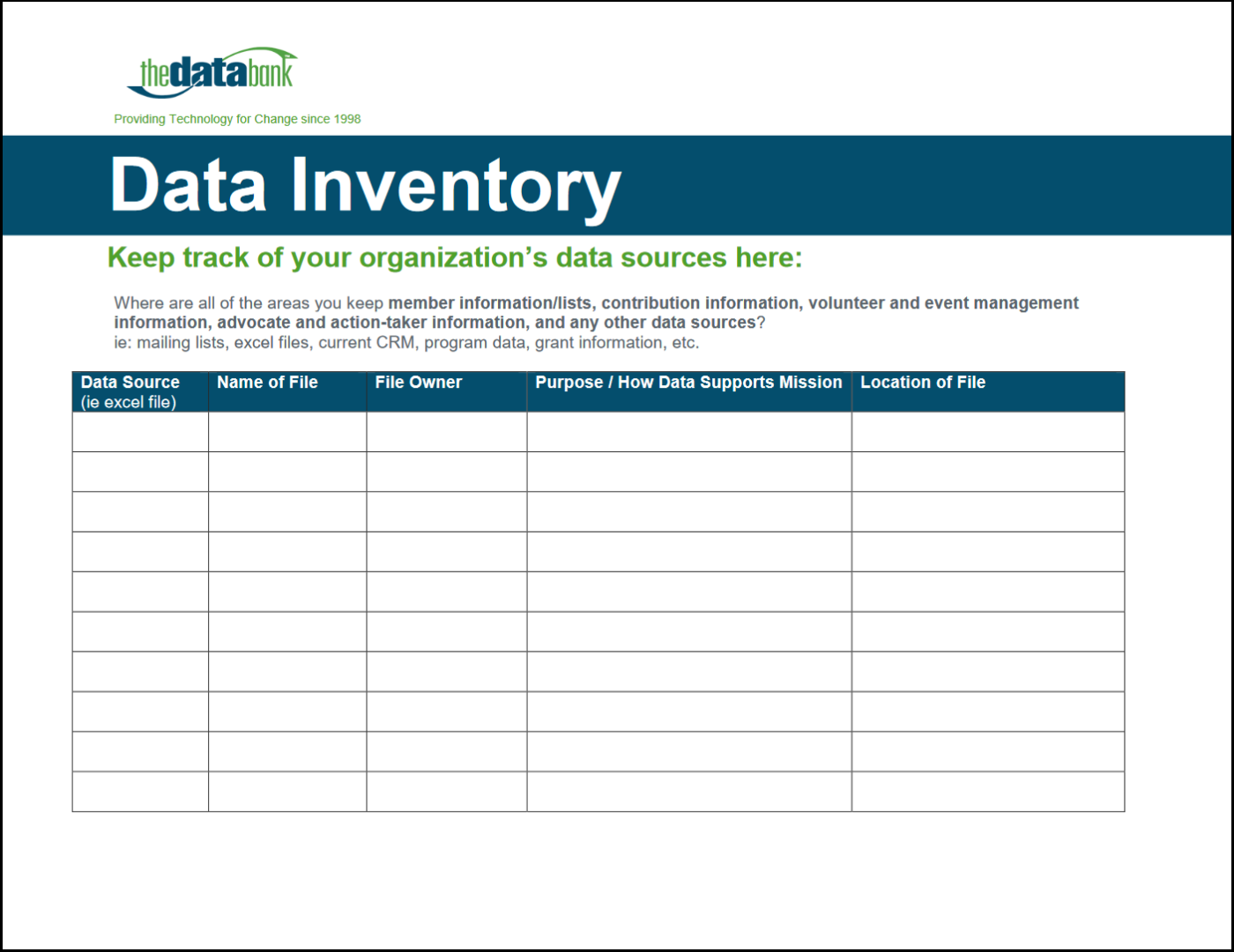




 thedatabank, gbc is technology for change, and we walk the talk.
thedatabank, gbc is technology for change, and we walk the talk. 